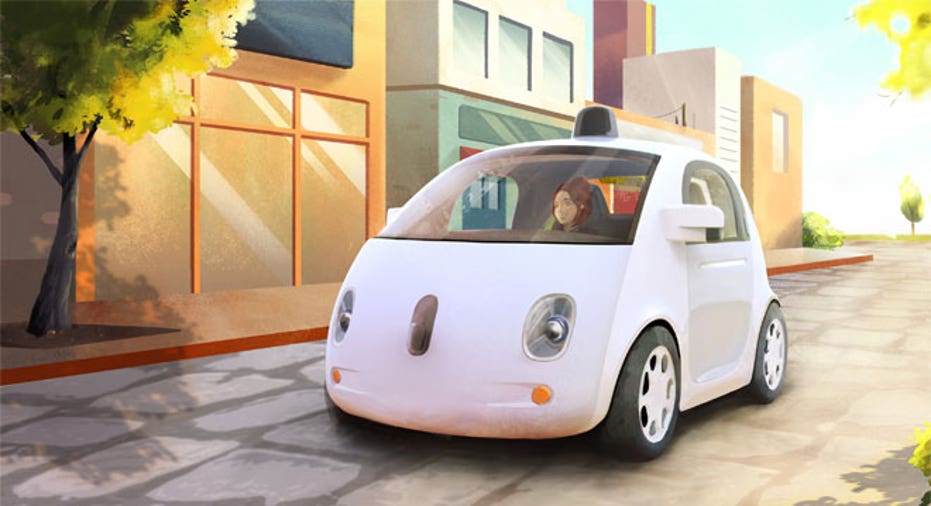How Self-Driving Cars Will Change the Economy

Imagine yourself heading out to the car for your morning commute and looking forward to reading your local paper, having a leisurely breakfast, or taking a nap…in your car…during your commute. That day could come to pass with the advent of self-driving cars.
We may not see that day ourselves, but our children probably will. Some elements of the technology are approaching the early commercial stage already. Google self-driving vehicles have already made it to the 700,000 mile mark without incident and auto manufacturers, including Audi and Mercedes Benz, have prototypes at various stages.
However, all of these cars still require a relatively controlled environment compared to navigating traffic in a large downtown urban area such as New York or Chicago. Self-driving cars do not yet have the sophistication to steer around hordes of bicyclists or pedestrians, not to mention cab drivers or six feet of Bostonian snow.
The McKinsey report envisions three phases of development for self-driving cars, with different economic impacts along the way.
Phase 1: Current-2020 – Autonomous vehicles will be well-incorporated into industrial applications such as farms and other relatively controlled environments, but passenger cars will be going through a relatively long prototype/testing phase. Along the way, autonomous aspects will be introduced and tested in regular automobile models, but the commercial fully self-driving car will likely not appear until 2020. There will be some economic impacts through industrial efficiency, but the majority of the economic benefits will not have kicked in yet.
Phase 2: 2020-2040 – Self-driving cars start to become mainstream purchases, and the technology begins to crystallize around the first waves of feedback. The design of the car will change based on how many features are rendered redundant (pedals, etc.) and how consumers prefer to use their new freedom during their commuting time. The cost of the new technologies will decrease as economies of scale kick in and suppliers adapt to the new definition of a car.
Various industries will be affected. Cab drivers and other haulers of goods (truckers, delivery services, etc.) may become irrelevant. Auto insurance will have a new meaning as liability shifts from drivers toward the auto manufacturers. Repair shops will need completely different expertise, and may become less necessary as remote repairs become possible.
Phase 3: 2040 and beyond – Autonomous cars become the norm. By that point, will we need individual cars? Surely auto manufacturers will try to convince us that we do, but since most cars go unused 95 percent of the time, auto sharing between groups of people may rise, or shuttling services may increase. In any case, the overall number of cars needed should significantly decrease even as the population increases.
Since autonomous vehicles can park themselves and pack tightly into spaces, parking areas can be used more efficiently, and space will free up — 25 percent less space taken up by our cars, according to McKinsey.
By this point, other professions may be revamped as a result of the new transport rules. For example, how many police officers will now be needed with fewer traffic and accident-related issues to deal with? Could they be reassigned to other tasks? McKinsey envisions a much safer environment, with a 90 percent decrease in accidents saving $180 billion in the U.S., just from repair and healthcare bills alone.
The McKinsey report suggests that the overall economic potential from autonomous vehicle technology will range between $0.2 trillion and $1.9 trillion annually by 2025. We look forward to seeing how much of these technological advancements really come to pass. We also look forward to enjoying a relaxing ride with a morning cup of coffee and a newspaper during our commute. That time cannot come fast enough for us.
More from MoneyTips.com: The Rich Spend More on Mass Transit than the PoorGood Times at the Gas PumpsAre Homeowners Better Drivers?



















